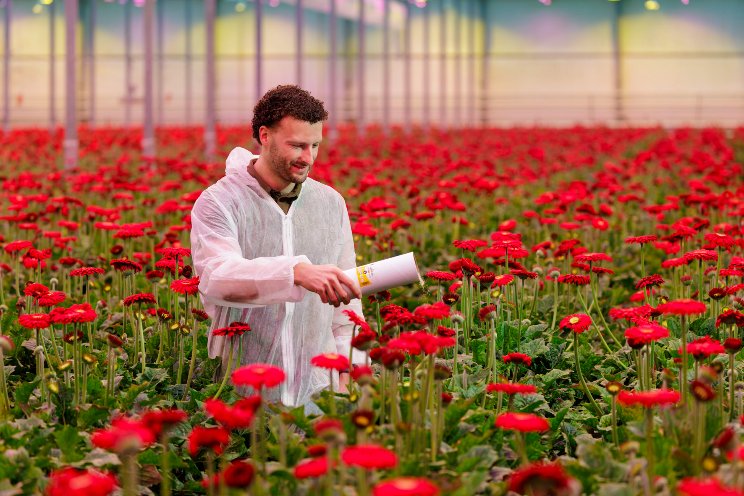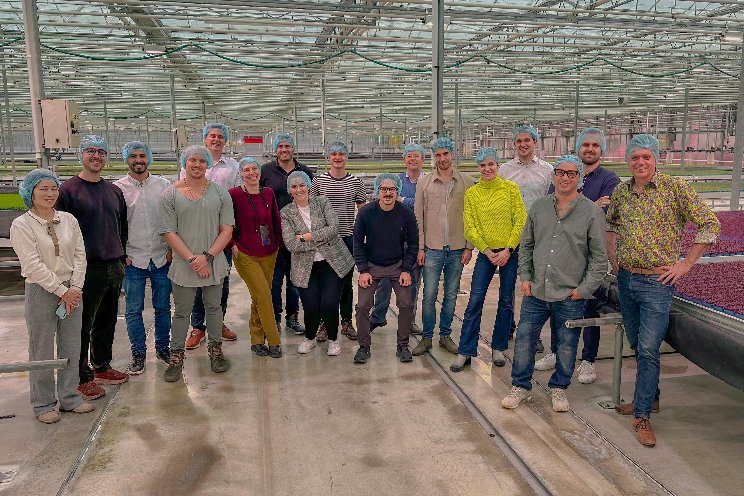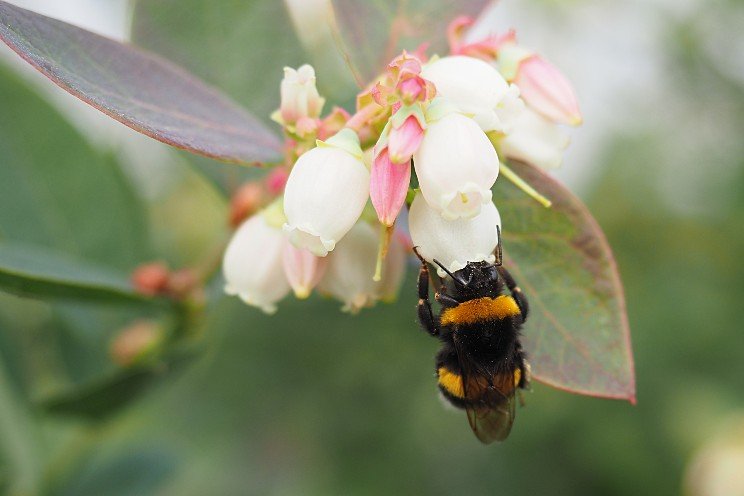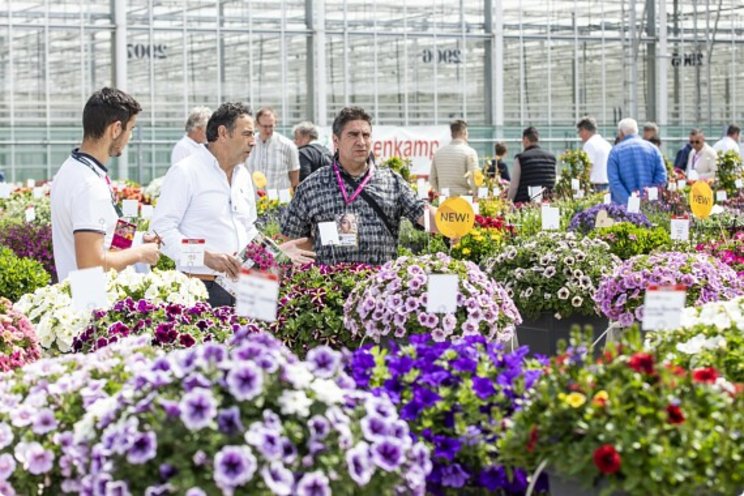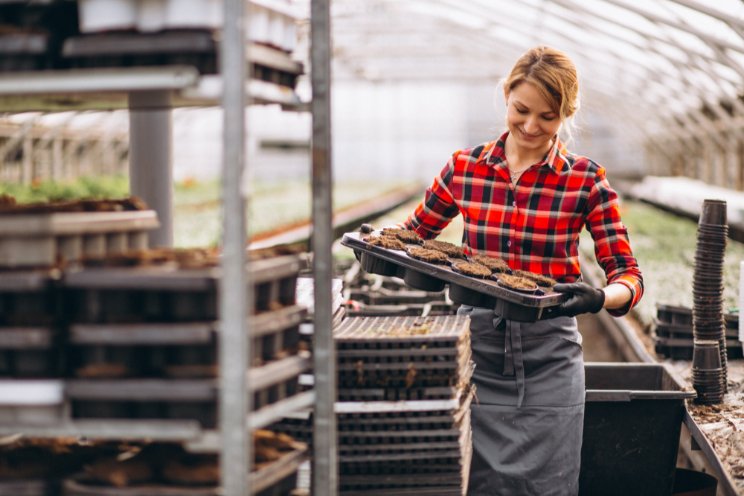Bridging the gap in soil health
Added on 23 November 2023

A recent 2023 study titled “Patterns in soil microbial diversity across Europe” by Maëva Labouyrie and colleagues, published in Nature Communications, sheds light on the intricate patterns of soil microbial diversity across the European continent.
The research underscores the critical importance of microbial diversity in soil health, which is essential for sustainable agriculture and environmental stewardship. However, the study also highlights the challenges posed by varying levels of microbial diversity across different regions.
This is where the innovative use of soil boosters comes into play, offering a promising solution to narrow the diversity gap and enhance global soil health.
The Importance of Microbial Diversity
Soil is not just an inert growing medium; it is a vibrant, living ecosystem teeming with microorganisms. These microorganisms, including bacteria, fungi, and protozoa, play a crucial role in nutrient cycling, soil structure maintenance, and plant health.
The study by Labouyrie et al. reveals significant variations in microbial diversity across Europe, influenced by factors like climate, land use, and soil type. Regions with higher microbial diversity generally exhibit better soil health, leading to more robust and sustainable agricultural systems.
Challenges in Soil Microbial Diversity
Despite its importance, maintaining a high level of microbial diversity is challenging. Factors such as intensive agricultural practices, chemical and synthetic fertilisers, pollution, and climate change have adversely affected microbial diversity in many regions.
This loss of diversity can lead to decreased soil fertility, increased susceptibility to pests and diseases, and reduced crop yields, posing a significant threat to global food security.
The Role of Soil Boosters
Soil boosters work as earth’s heroes, by introducing beneficial microorganisms and nutrients into the soil, thereby enriching the microbial ecosystem.
More news
